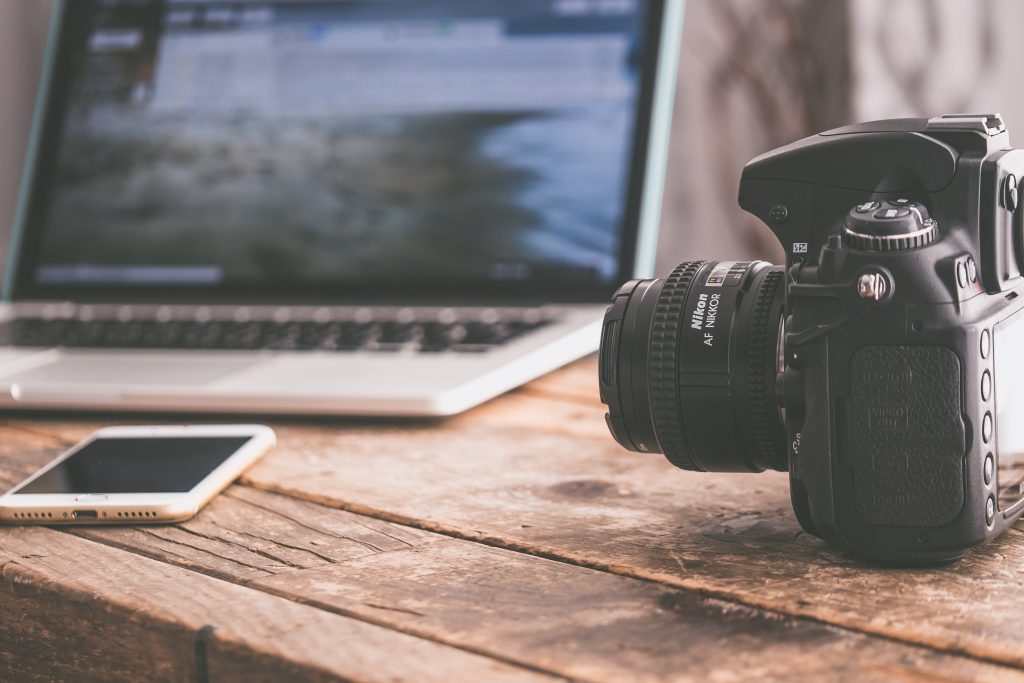One side-effect of the ever-increasing resolution of digital cameras is the growing size of the image files that they produce and need to store. Raw files from a high-spec DSLR such as the Canon EOS 5D Mk III are nearly 35MB each, and even JPEG files produced by a normal compact camera are frequently over 4MB each. Clearly storing more than a handful of pictures needs a substantial amount of storage capacity. The solution used by virtually all digital cameras (and many other modern digital media devices) is the removable memory card. Although there are several different types of card in common use, they all work in much the same way. They contain chips of a type of computer memory called Flash memory, which can store data for very long periods without being connected to a power supply, potentially for as long as 10 years without degradation (compare this with the durability of exposed film, which is often no more than a year or so). This means that a memory card can be removed from the camera when full and quickly replaced with an empty one. The other big advantage of Flash memory is that it is reusable. Once you’ve copied the image files from your memory card onto a computer or other permanent storage device, the contents can be deleted and the card can be used again. As if that weren’t enough, Flash memory cards are also incredibly durable. There are many stories of cameras and other devices being damaged or destroyed, but the data stored on the memory card surviving unharmed. We have personally accidentally run an SD card full of photographs through a full cycle in a washing machine (it was in a trouser pocket) with no ill effects.
Premium cards versus budget cards
The popularity of SD cards has led to a large number of budget brands springing up, and many supermarkets and chain stores sell their own-brand cards at often very low prices. However the best advice is to stick to the premium brands such as SanDisk, Lexar, Pretec, PNY or Kingston, or to camera brands such as Fujifilm or Panasonic. Although they may be more expensive their higher standards of quality control mean that premium cards are usually much more reliable. If you’ve got a high-performance camera it’s also worth spending a bit extra for faster data transfer rates to get the best out of it.
How many pictures can I take?
The total number of pictures that can be stored on a memory card is a difficult thing to quantify for a couple of reasons. Digital cameras usually store images using the JPEG file format, which compresses image data to save storage space. Most cameras have a menu setting for image quality which varies the rate of compression, with high quality images taking up more space. The compressed size of the image can also vary depending on the subject being shot, since more detailed images contain more data. For a typical modern 16-megapixel digital camera the file size can vary between about 4.5MB for a good quality jpeg and 30MB for an uncompressed Raw file, which means an average 8GB card will be enough for approximately 1400 jpegs or 260 Raw files.


